Solid Snake
Avid Member
Haha he hasnt been near her since i found out she has parasites. Thankfully his fecal came up clean!
Outstanding.
I couldnt get one for either of mine today!
Ive got my bag ready though
Follow along with the video below to see how to install our site as a web app on your home screen.
Note: This feature may not be available in some browsers.
Haha he hasnt been near her since i found out she has parasites. Thankfully his fecal came up clean!
Outstanding.
I couldnt get one for either of mine today!
Ive got my bag ready though
AL: LOL!!!!
Snizzake: It does look somewhat better! Your doing a great job man..Kudos!
AL: LOL!!!!
Snizzake: It does look somewhat better! Your doing a great job man..Kudos!

I (finally) recieved the results on the culture. She indeed has an infection.
I would like any opinions/information on the infection, and medication prescribed.
Infection: Aeromonas
Medication: Ciprofloxacin
A quick search showed that the medication is sound, and commonly used for this infection. That was a quick search though, right now I am off to pic up the meds
Thanks again everyone
I (finally) recieved the results on the culture. She indeed has an infection.
I would like any opinions/information on the infection, and medication prescribed.
Infection: Aeromonas
Medication: Ciprofloxacin
A quick search showed that the medication is sound, and commonly used for this infection. That was a quick search though, right now I am off to pic up the meds
Thanks again everyone
Thanks bro!So glad you know what it is now, I hope she makes a quick recovery!
Im not sure about the meds though.. But i'd bet someone here does!
Awesome. What is the dosing prescribed? Can you ask what was the Weight.Dose strength.Ciprofloxacin strength??
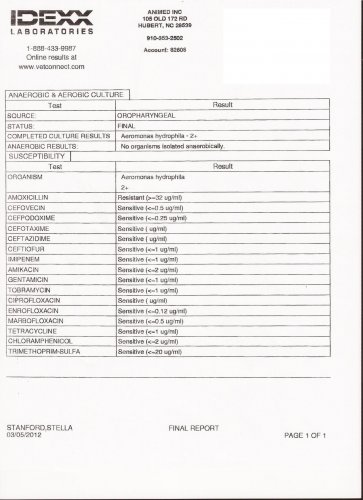
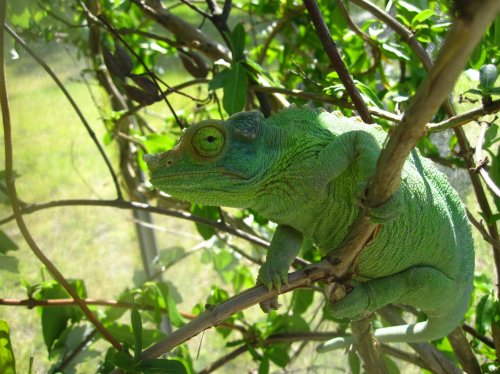
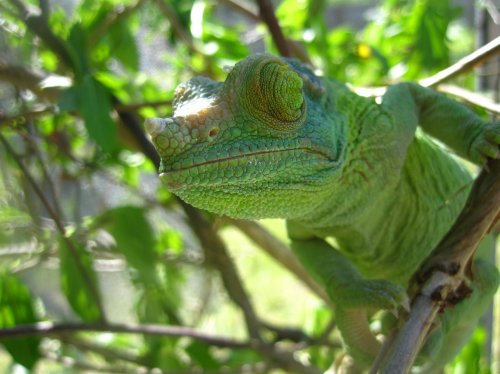
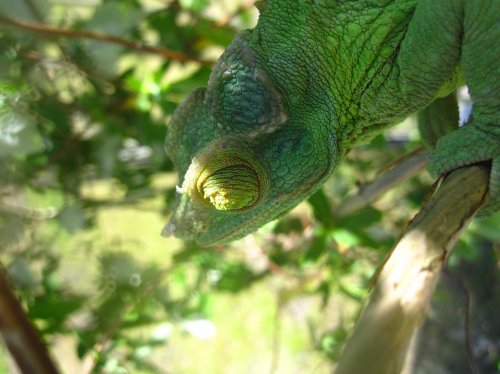
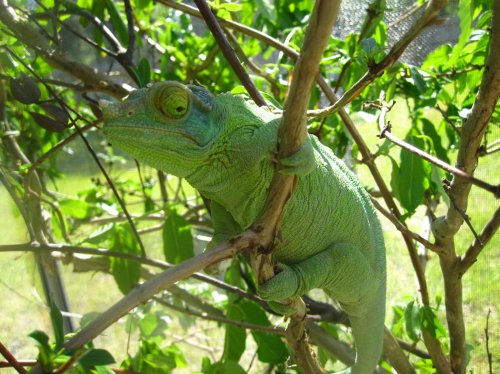
This is great news man!She looks wonderful, and looks like she has picked up some weight too. (I meant that in a good way)
Thanks for the update. Glad to see that she's improving. She's such a pretty lady.